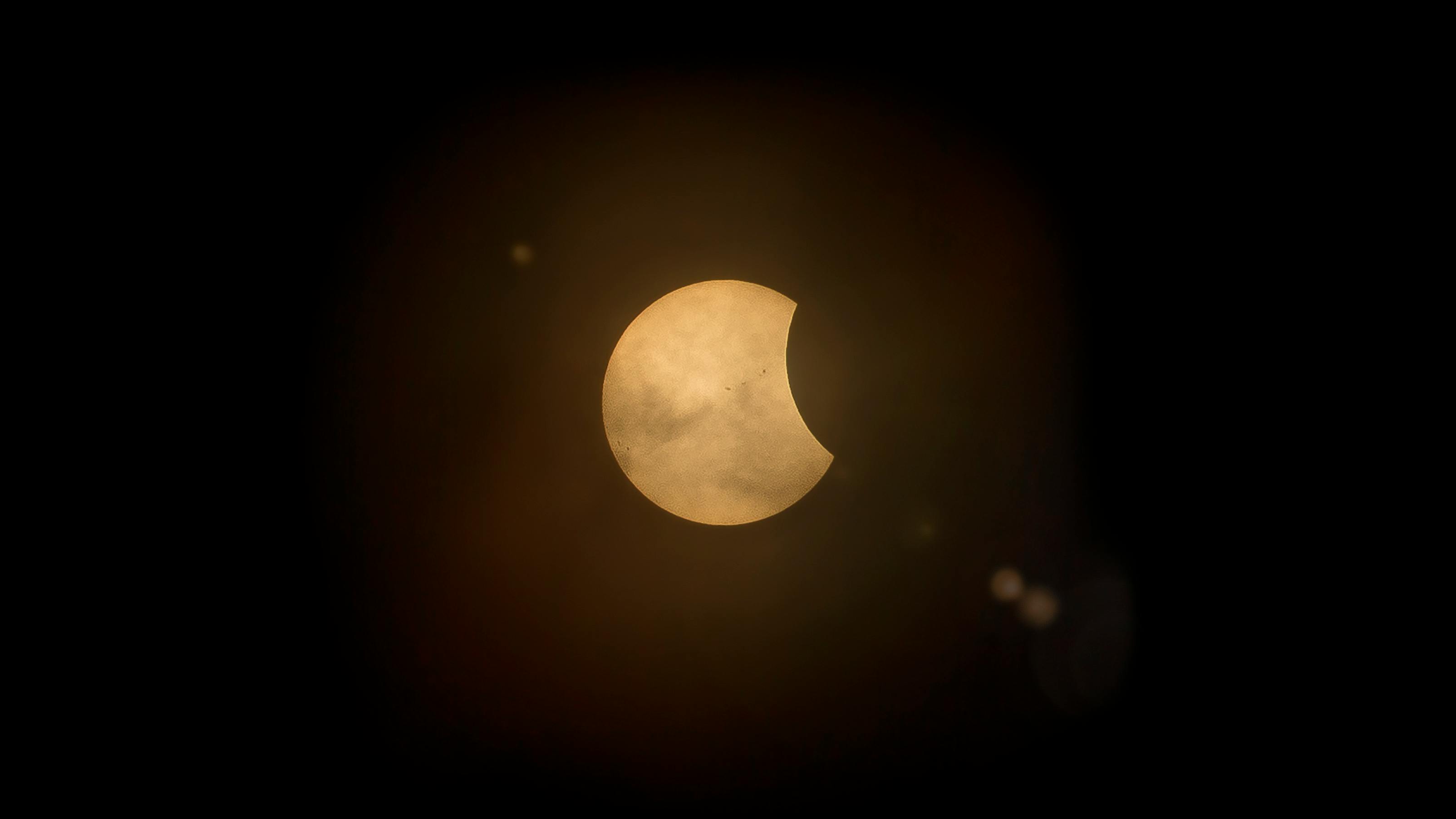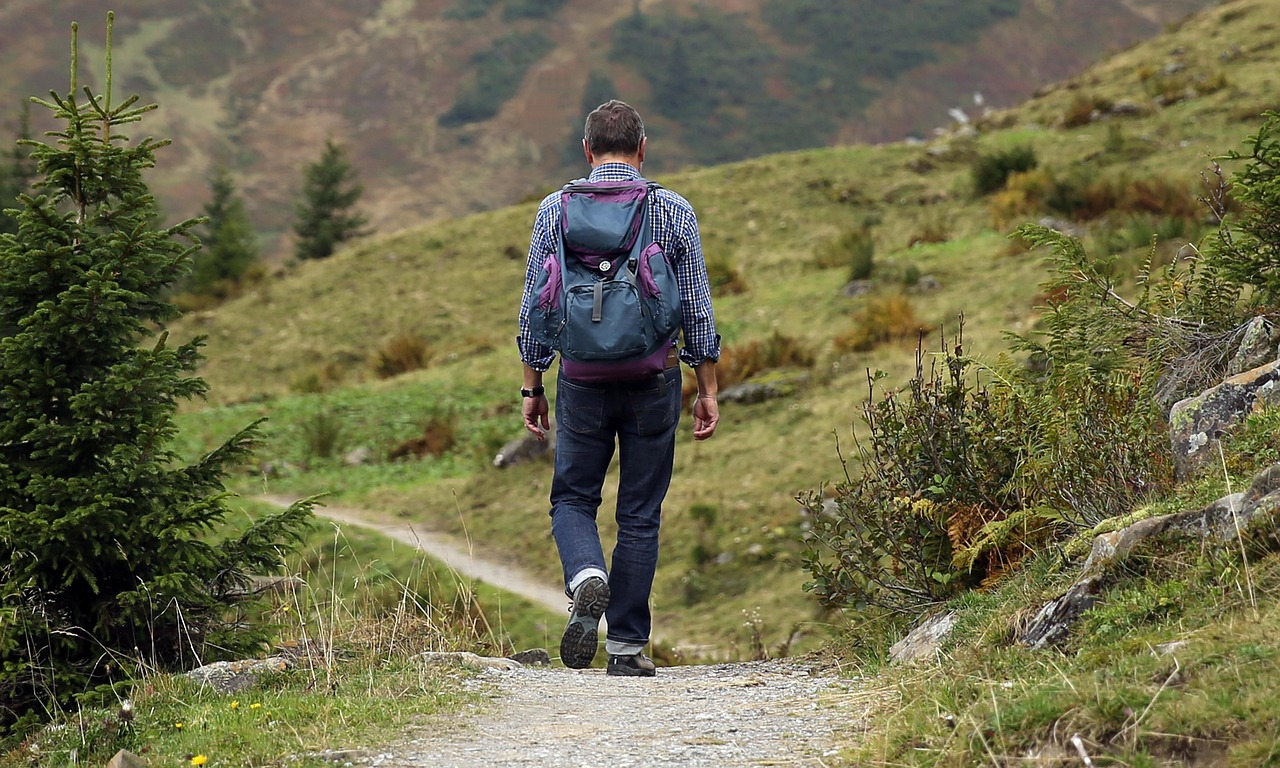I’ve always been fascinated by the ocean—the way it moves, the power it holds, and unfortunately, the destruction it can bring. Living near the coast, I’ve seen firsthand how unpredictable the sea can be. One moment, everything is calm, and the next, the roads are flooded, beaches disappear under water, and communities are left scrambling. If you’ve ever experienced coastal flooding, you know how serious it can get. That’s why understanding a Coastal Flood Advisory is so important.
What is a Coastal Flood Advisory?
A Coastal flood advisory is issued when minor coastal flooding is happening or about to happen. It’s like a heads-up from the weather experts, warning people to be prepared. This type of flooding happens when water from a nearby ocean, sea, or river pushes onto land—not from heavy rain, but from things like tides, storms, or even strong winds.
Now, minor flooding might not sound like a big deal, but trust me, even a little water can mess up roads, cause travel delays, and leave behind salt deposits that damage infrastructure. If you’ve ever had to wade through knee-deep water to get to work, you’ll understand why even "minor" flooding isn’t something to take lightly.
Coastal Flooding Impacts: More Than Just Water
People often think of flooding as just water covering land, but the effects of coastal flooding go way beyond that. Let’s break it down:
- Infrastructure Damage – Roads get washed out, bridges weaken, and buildings take on serious damage. Just like Gwadar, a coastal city in Pakistan, has seen entire streets disappear under water after intense rainfall and rising sea levels. It’s not just a one-time event—it’s a recurring nightmare.
- Erosion – Ever noticed how beaches seem to shrink after a storm? That’s because floodwaters eat away at the coastline, changing the landscape permanently.
- Economic Disruption – If you live in a coastal town that relies on tourism, fishing, or shipping, flooding can mean lost income for weeks or even months.
- Environmental Damage – Saltwater creeping into freshwater systems? That’s a disaster for crops, drinking water, and local wildlife. Imagine losing fertile farmland just because the ocean decided to move inland.
Coastal Flood Causes: Why is This Happening?
There’s no single reason why coastal flooding happens. It’s usually a mix of different factors, and some of them are getting worse over time.
- Sea Level Rise – The more the ice caps melt, the higher the ocean gets. And when sea levels rise, even regular high tides start causing problems. Scientists predict that by 2050, high tide flooding could hit some U.S. coastal areas up to 85 days a year—that’s almost a third of the year!
- Storm Surges – Ever heard of a storm surge? It’s when a storm pushes a huge wall of water onto the shore, sometimes flooding entire towns in minutes.
- High Tides & Winds – Even on a sunny day, unusually high tides combined with strong winds can lead to flooding. And if a river is nearby? That just adds more water to the problem, turning a river flood into a full-blown coastal disaster.
High Tide Flooding: The Silent Problem
One of the sneakiest threats is high tide flooding, sometimes called "nuisance flooding." This happens when sea levels rise just enough that regular tides spill over onto streets, sidewalks, and neighborhoods—without a storm in sight.
The biggest culprits?
- The Moon & Tides – During a full or new moon, tides naturally get higher. Pair that with rising sea levels, and flooding becomes inevitable.
- Climate Change – Warmer oceans mean higher sea levels, and that means high tide flooding is getting worse year after year.
- Weather Patterns – Changes in wind direction and ocean currents can push more water toward the shore, making flooding even more frequent.
Coastal Flooding Today: A Growing Crisis
Every year, we’re seeing more coastal flooding examples in cities that never used to have this problem. Places like Miami, New York, and New Orleans are already dealing with routine flooding, and it’s only getting worse.
And it’s not just the U.S. Coastal flooding case studies from Bangladesh, the Netherlands, and small island nations show the same pattern—rising seas, stronger storms, and communities struggling to stay above water.
How to Prevent Coastal Flooding?
We can’t stop the ocean, but we can take steps to minimize damage. Here’s what’s being done:
- Seawalls & Barriers – Some cities are building massive walls to keep floodwaters out. The Netherlands is a great coastal flooding case study for this—they’ve mastered the art of keeping the sea at bay.
- Better Drainage Systems – If water has nowhere to go, it floods the streets. Improving drainage can make a huge difference.
- Raising Buildings – In some areas, new buildings are being constructed on elevated platforms to stay above flood levels.
- Protecting Natural Barriers – Wetlands, mangroves, and sand dunes naturally absorb water and reduce flooding, so keeping them intact is crucial.
The truth is, coastal flooding isn’t going away—it’s getting worse. Whether it’s a coastal flood advisory, a massive storm surge, or just a regular high tide flooding event, being prepared is key.
If you live near the coast, pay attention to weather updates, know your evacuation routes, and take flooding warnings seriously. The sea isn’t something we can control, but we can at least learn how to live with it—without letting it take over our homes and lives










